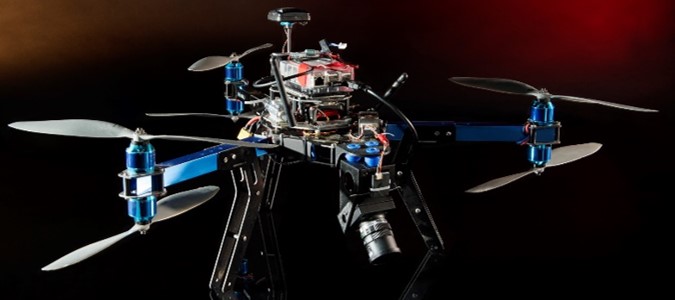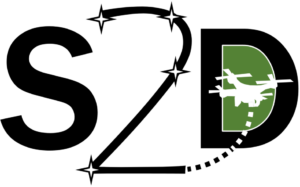Safe2Ditch
Activity Summary
Status: Archive
Safe2Ditch is an autonomous crash management system designed to run on a small processor onboard unmanned aerial vehicles (UAVs). Designed to be inexpensive and light, the technology takes advantage of components that are already part of many small UAV systems such as visual spectrum cameras and commercial off-the-shelf (COTS) autopilots.

The system’s sole mission is to get the vehicle safely to the ground in the event of an unexpected critical flight issue. Safe2Ditch uses its intelligent algorithms, knowledge of the local area, and knowledge of the disabled vehicle’s remaining controls to select and steer to a crash location that minimizes risk to people and property. As the disabled vehicle approaches the intended landing site, Safe2Ditch uses machine vision to inspect the site to ensure that it is clear, as expected. Most importantly, Safe2Ditch does this autonomously—without any input from a pilot or ground operation.
Highly capable small UAVs provide substantial business opportunity, especially in suburban areas. Prominent businesses have proposed using UAVs to deliver goods and packages. Other potential uses include spotting wildfires and locating people during search and rescue missions. UAVs could also support law enforcement, including protecting endangered animals from poaching.
Current flight regulations require that each unmanned aircraft be monitored by a safety pilot. In case of emergency, the human pilots must be able to physically see the UAV they are flying in order to guide the aircraft to a safe landing spot. Human pilot interaction is cost-prohibitive for large-scale commercial applications and limits the use of these UAVs to line-of-site (LOS) operation.
Developing an autonomous emergency landing system like Safe2Ditch may help extend the use of small UAVs to beyond visual line-of-sight (BVLOS) operations by providing reliable emergency decision and control to replace the current need for a human pilot. The technology may help open the door for greater commercial use of UAVs by ensuring the safety of people and property on the ground, especially in populated areas.

